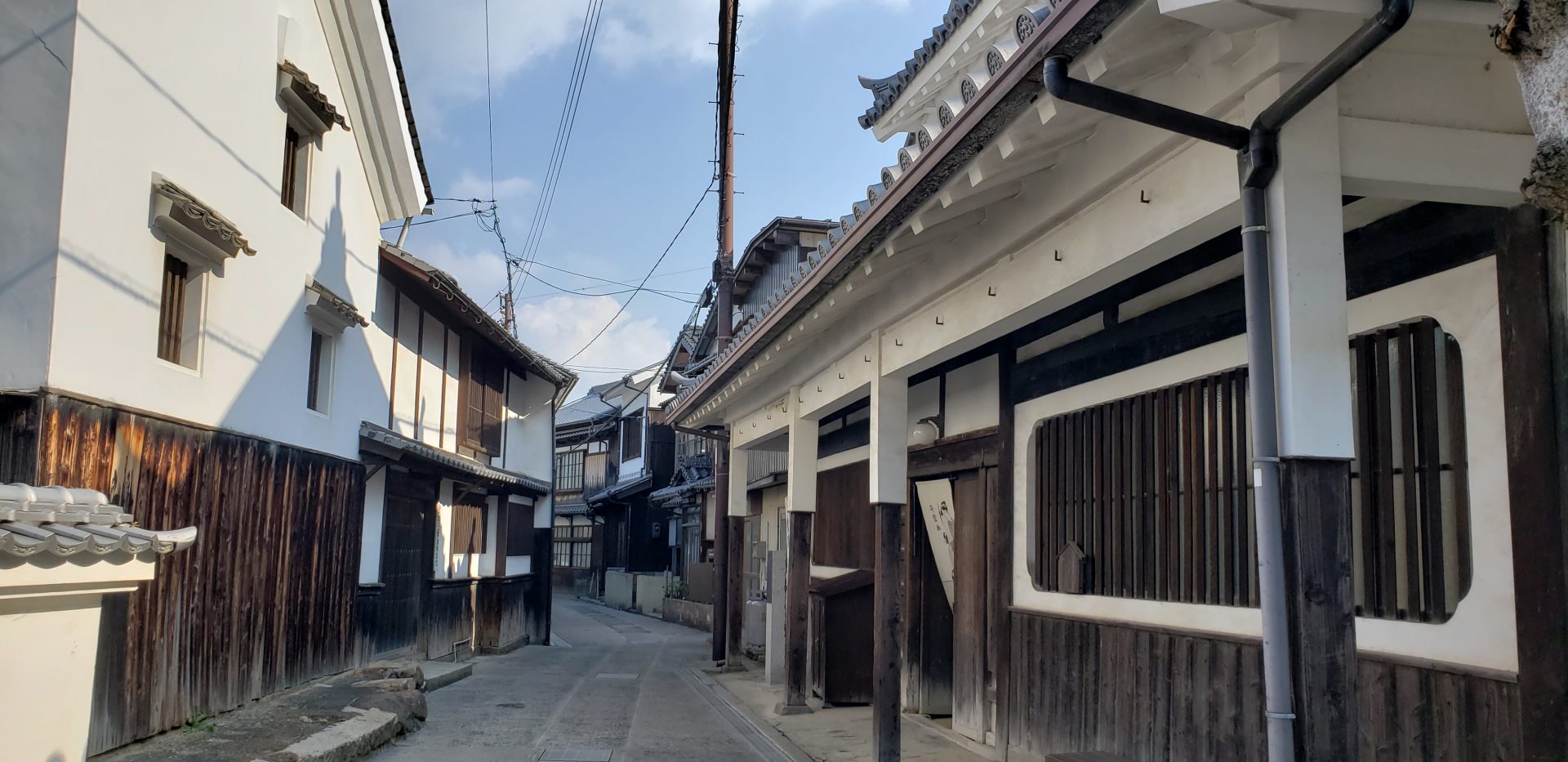
1Day Model Plan to Enjoy Tobishima Kaido – A Japanese Heritage Island, Along with Kure City Sightseeing
The Akinada-Tobishima Kaido connects seven islands from Kawajiri in Kure City to Okamura Island in Ehime Prefecture via seven bridges. Here’s a plan around Tobishima Kaido, a Japanese heritage island, that kicks off with a day in an ever-photogenic port town followed by all the goodness that awaits in and around the city of Kure. Pick up a rental car near Kure Station and get ready for a journey, crossing each of the different bridges along the way to Osakishimojima Island in Hiroshima Prefecture!








